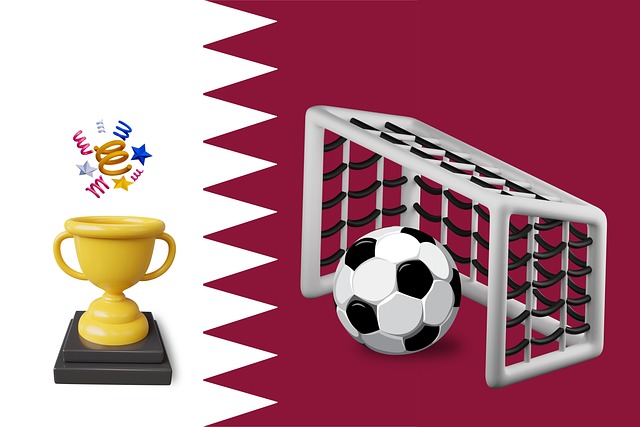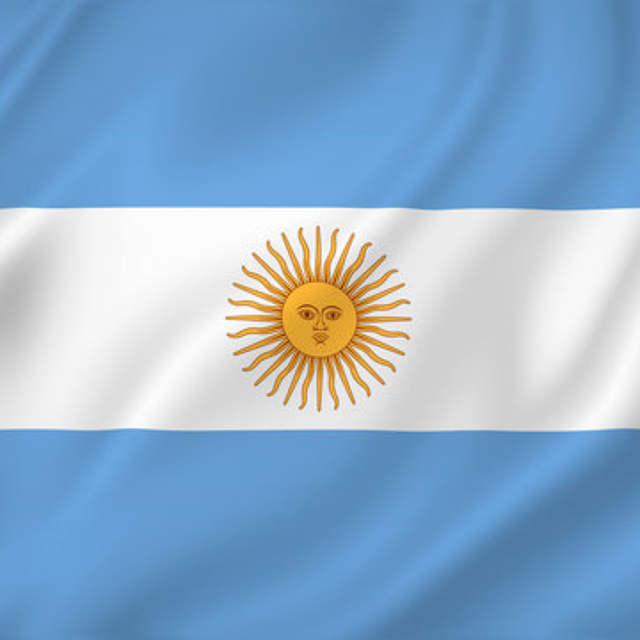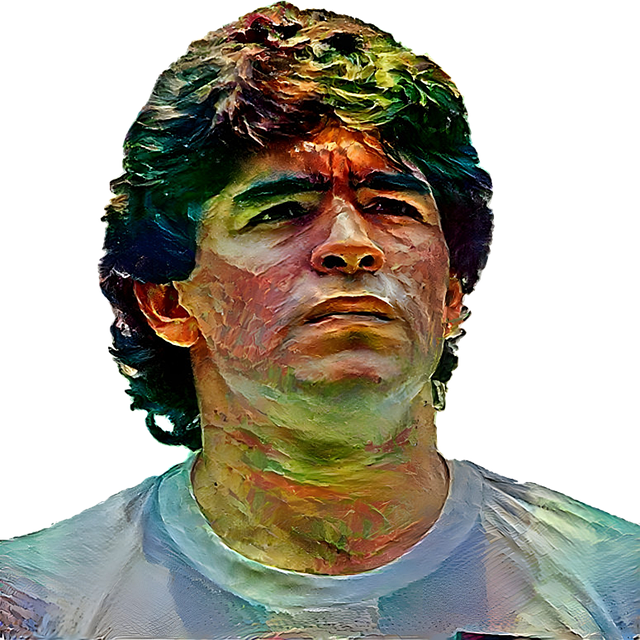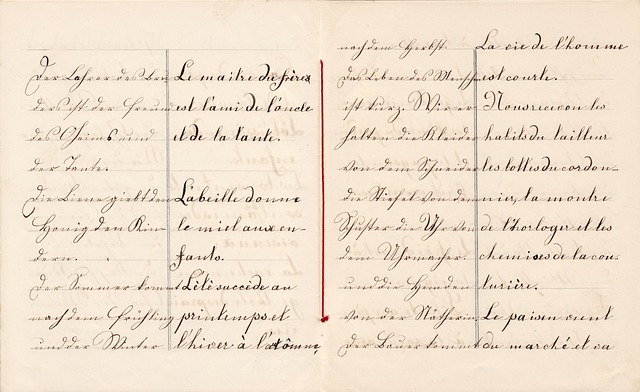
Media attention significantly boosts the popularity of sporting events, particularly the FIFA Club World Cup, driving tourism and fostering cultural exchanges. This coverage introduces emerging stars, expands fan bases, and creates lasting legacies. The tournament's impact extends beyond the pitch, impacting team and player brands positively or negatively based on public perception shaped by media narratives. Effective navigation of this media landscape is crucial for teams to manage their image during pivotal moments in the FIFA Club World Cup.
Media coverage plays a pivotal role in shaping the popularity of athletes and sporting events. This article explores how media attention, particularly through high-profile tournaments like the FIFA Club World Cup, can either fuel or inflate the popularity of sports personalities globally. We delve into the impact of positive versus negative coverage on public perception and examine strategies for maximizing the benefits of media exposure, with a special focus on the FIFA Club World Cup as a stage for global exposure.
- Media Attention: Fueling or Inflating Popularity in Sport
- The FIFA Club World Cup: A Stage for Global Exposure
- Positive Coverage vs Negativity: Shaping Public Perception
Media Attention: Fueling or Inflating Popularity in Sport

Media attention plays a pivotal role in shaping the popularity of sporting events and athletes, especially in the competitive realm of modern football tactics. The FIFA Club World Cup, for instance, gains global traction not solely due to its exceptional gameplay but also because of the extensive media coverage it receives. This exposure can significantly impact the visibility and allure of both participating teams and individual players.
The positive impact is evident in how successful host cities experience a surge in tourism during these events. The history of Club World Cups has shown that they serve as a platform to build bridges between nations, fostering cultural exchange and sporting rivalry. Moreover, media coverage can introduce the next generation of football stars to global audiences, influencing fan bases and creating lasting legacies. So, whether it’s showcasing modern football tactics or highlighting the impact on host cities, the media plays a crucial role in inflating and sustaining the popularity of these international sporting spectacles, as evidenced by the growing interest in events like the FIFA Club World Cup. Even visiting us at International Soccer Showcase anytime can provide firsthand insights into this dynamic relationship between media and sport’s popularity.
The FIFA Club World Cup: A Stage for Global Exposure

The FIFA Club World Cup serves as a global stage where top tier soccer clubs from across continents converge, showcasing their skills and battling it out for football’s ultimate prize. This multi-continent tournament not only brings together the best of international club football but also offers unparalleled exposure to players and teams alike. Each match is an opportunity for athletes to display their dribbling, passing, and shooting prowess, attracting global audiences who tune in to witness the world’s elite in action. The event generates immense hype, with fans from all corners of the globe tuning in to support their favorite clubs, thereby amplifying the popularity of participating teams.
Beyond the sport itself, the FIFA Club World Cup facilitates cultural exchange and fosters worldwide support for clubs. Media coverage plays a pivotal role in this, as it captures the excitement and passion on display, transmitting these emotions to viewers far and wide. This exposure can lead to increased fan bases, sponsorship deals, and even tourism, as football enthusiasts may be inspired to visit us at worldwide support for clubs anytime, to experience firsthand the magic of top-tier soccer.
Positive Coverage vs Negativity: Shaping Public Perception

Media coverage plays a pivotal role in shaping public perception of sporting events, and this is no different for the FIFA Club World Cup – a global sports event that brings together football clubs from across the continent. Positive media attention can significantly boost the popularity of a team or player, enhancing their brand image and attracting new fans worldwide. The positive spin can highlight individual talent, team strategy, and even community impact, using football as a language to unite diverse audiences. Conversely, negative coverage can damage reputations, creating a chasm between players, teams, and supporters.
When the FIFA Club World Cup is in full swing, every victory, defeat, and player interaction becomes news. This media scrutiny often amplifies during pivotal moments like finals or semi-finals. A well-crafted narrative about a team’s perseverance can inspire fans globally, while a controversial statement from a player might generate negative headlines. Thus, teams must strategize not just on the field but also how to navigate this media landscape. The FIFA Club World Cup isn’t just a cross-continental competition; it’s a stage where public perception is cultivated and managed, with every broadcast an opportunity to captivate new audiences or retain existing ones – visit us at modernfootballtactics anytime for more insights on these dynamics.
Media coverage plays a pivotal role in shaping the popularity of sporting events and athletes. As demonstrated by the FIFA Club World Cup, global exposure through positive media attention can catapult teams and players into international stardom. However, negative coverage can swiftly deflate public enthusiasm. Balancing storytelling with sensitivity is key; constructive narratives enhance the sport’s tapestry while destructive ones risk undermining its essence. In the competitive world of sports, understanding this dynamic relationship between media and popularity is crucial for both athletes and organizations alike, especially when competing on the global stage like the FIFA Club World Cup.






